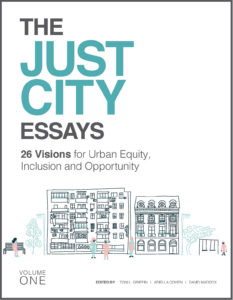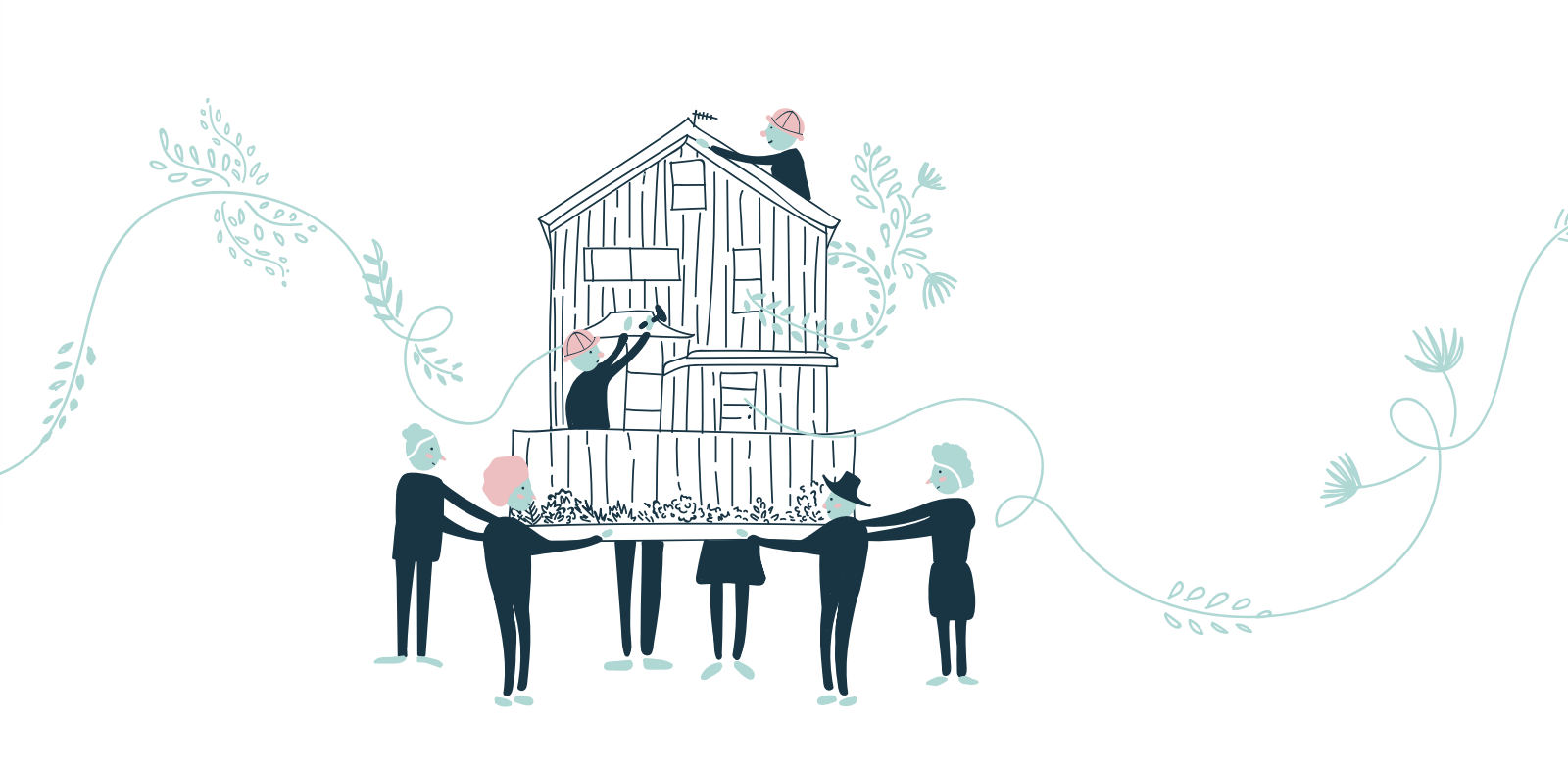“Five years ago, the Harvard Graduate School of Design’s Just City Lab published The Just City Essays: 26 Visions of Inclusion, Equity and Opportunity. The questions it posed were deceptively simple: What would a just city look like? And what could be the strategies to get there? These questions were posed to mayors, architects, artists, philanthropists, educators and journalists in 22 cities, who told stories of global injustice and their dreams for reparative and restorative justice in the city.
 These essays were meant as a provocation, a call to action. Now, during these times of dissonance, unrest, and uncertainty, their contents have become ever more important. For the next 26 weeks [starting June 15, 2020], the GSD and the Just City Lab will republish one essay a week here and at designforthejustcity.org. We hope they may continue conversations of our shared responsibility for the just city.
These essays were meant as a provocation, a call to action. Now, during these times of dissonance, unrest, and uncertainty, their contents have become ever more important. For the next 26 weeks [starting June 15, 2020], the GSD and the Just City Lab will republish one essay a week here and at designforthejustcity.org. We hope they may continue conversations of our shared responsibility for the just city.
We believe design can repair injustice. We believe design must restore justice, especially that produced by its own hand. We believe in justice for Black Americans. We believe in justice for all marginalized people. We believe in a Just City.”
—Toni L. Griffin, Professor in Practice of Urban Planning, founder of the Just City Lab, and editor of The Just City Essays
Up From the Basement: The Artist and the Making of the Just City
By Theaster Gates
Governance, despite its own hopes for a universality of exclusion, is for the inducted, for those who know how to articulate interests disinterestedly, those who vote and know why they vote (not because someone is black or female but because he or she is smart), who have opinions and want to be taken seriously by serious people. In the mean time, policy must still pursue the quotidian sphere of open secret plans. Policy posits curriculum against study, child development against play, human capital against work. It posits having a voice against hearing voices, networked friending against contractual friendship. Policy posits the public sphere, or the counter public sphere, or the black public sphere, against the illegal occupation of the illegitimately privatized.—Stephano Harney and Fred Moten, the Undercommons, Fugitive Planning and Black Study
0. I understand fully the role of planner and their potential to offer more to the city than ever before. The situation at the level of the city and state is such that insider information, a history of connections within the system and traditional “good old boy” engagements work somewhat effectively at shaping the city and are perceived as a status quo that can’t be changed. In many of our cities, the opportunity for certain kinds of ascension into leadership works to create a caste system of entitlement and apathy. Art adds the potential for a critique from within, a critique that exists as a para-institutional engagement harnessing similar power structures and potentially even mimicking structures in order to advance the possibilities that exist for our city’s futures.
1. A just city requires counter-balance. It requires clear knowing of how governance works with an understanding that power corrupts and power constantly needs to be checked by other powers (people power, political power, ethical persuasion, public outcry). A just city requires that those who do not understand their power and feel cheated out of the right to publicly demonstrate their power are given channels and platforms by which to engage. The constant non-engagement between classes, races, political camps and social structures and the intentional separations that happen in micro-units of cities—and, in some cases, whole cities—will not only work against the possibility of a just city, it will signify the concretization unjust, uneven, unethical city
2. The possibility that artists would contribute in the substantial transformation of major cities throughout the world is not radical news. What feels radical is the level at which artists rarely benefit from their side. Continue reading on designforthejustcity.org…
